Apple iPhone 16 Pro Max Camera test
Link To Buy: https://moderntechies.weebly.com/store/p2/Apple_iPhone_16_Pro_Max_%28256_GB%29_-_Desert_Titanium.html
We put the Apple iPhone 16 Pro Max through our rigorous DXOMARK Camera test suite to measure its performance in photo, video, and zoom quality from an end-user perspective. This article breaks down how the device fared in a variety of tests and several common use cases and is intended to highlight the most important results of our testing with an extract of the captured data.
Overview
Key camera specifications:
- Primary: 48MP sensor, quad pixels, 24mm equivalent f/1.78-aperture lens, Dual Pixel AF, OIS
- Ultra-wide: 48MP sensor, 13mm equivalent f/2.2-aperture lens, Dual Pixel AF
- Tele: 12MP sensor, 120 mm equivalent f/2.8-aperture lens, Dual Pixel AF
- A18 Pro chipset
Scoring
Sub-scores and attributes included in the calculations of the global score.
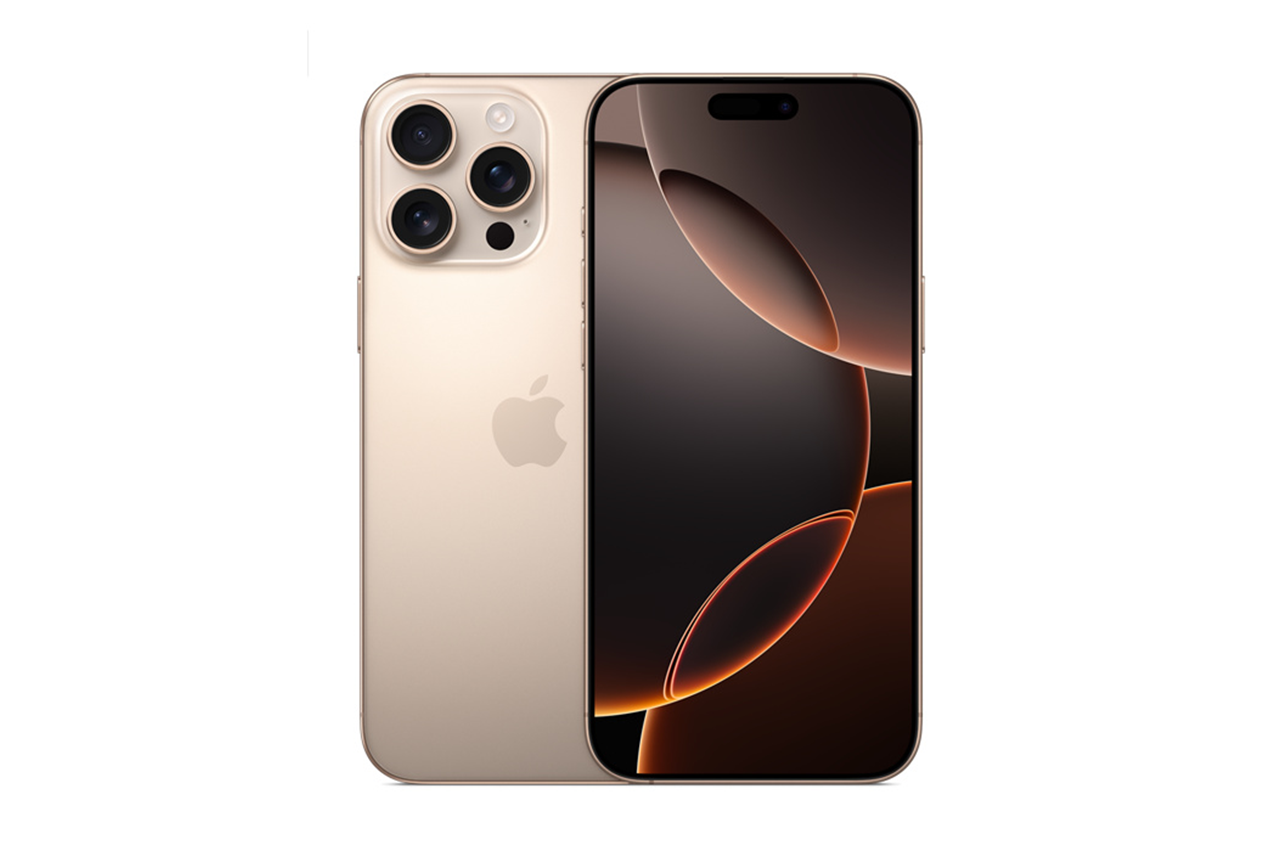
Apple iPhone 16 Pro Max
Use cases & Conditions
Use case scores indicate the product performance in specific situations. They are not included in the overall score calculations.
Outdoor
Photos & videos shot in bright light conditions (≥1000 lux)
Indoor
Photos & videos shot in good lighting conditions (≥100lux)
Lowlight
Photos & videos shot in low lighting conditions (<100 lux)
Friends & Family
Portrait and group photo & videos
 4th
4th 4th
4thPros
- Best video mode on a smartphone
- Excellent for taking pictures and videos of friends and family
- Wide dynamic range across the entire zoom range
- Accurate white balance and natural color rendering
- Excellent levels of detail and texture in bright light
- Fast and accurate autofocus
- Effective video stabilization
Cons
- Inconsistent detail across zoom range, lack of detail in ultra-wide photos
- Narrow depth of field results in out-of-focus background subjects in group shots
- Unwanted artifacts, including flare, ghosting, ringing, and aliasing
Like its predecessors, the latest Apple flagship, the iPhone 16 Pro Max, did very well in the DXOMARK Camera tests, achieving an overall score that puts it among the very best smartphones for imaging. It shone particularly in video mode where it delivered better results than any other mobile device we have tested. It significantly surpasses its main competitor, the Samsung Galaxy S24 Ultra, in this area and in photo as well.
Even though the primary camera hardware on the Pro Max remained mostly unchanged over the previous model, Apple still managed to make improvements in a range of image quality and camera performance areas. In video mode, the new iPhone again managed to grab the top spot in our ranking, thanks to outstanding test results across the board at 4K resolution and with the 60fps variable frame rate. In addition, the Apple flagship comes with a new 4K /120fps mode and a range of “Pro” modes that allow for customization of settings and are, in this form, not available on competing devices. In photo mode, the camera benefited from improved processing and new editing options. We particularly noticed an improved color performance at default settings.
While the overall rate of improvement in camera performance appears to be slower than in previous years and compared to the competition, users of the new iPhone benefit from the introduction of new imaging features, such as the Undertones and Mood photographic styles, which are not covered by the DXOMARK Camera test protocol, but are designed to address real user needs.
While the 16 Pro Max has noticeably improved in terms of both photo and video, this is not the case for zooming. Our testers did not notice any particular texture improvements with the new 48MP ultra-wide camera when compared to the 15 Pro Max. There was also still a lack of image quality consistency across the tele zoom range, with a noticeable drop in detail at tele settings between 2x and 5x.
In our tests, we found the iPhone 16 Pro Max to be an excellent device for both capturing portraits and the decisive moment in scenes with motion. The camera delivered excellent skin tones as well as high levels of detail on faces. Zero shutter lag technology allowed for instant capture when the shutter button is pressed. Viewing the iPhone 16 Pro Max images on an HDR screen made them look even more immersive and beautiful. On the downside, a limited depth of field meant that in group shots faces at the back could be slightly out of focus.
The iPhone 16 Pro Max comes with an effective automatic night mode, that allows for the capture of bright pictures with a wide dynamic range, even in very low-light scenes. On the downside, image noise was more intrusive, and detail levels were lower in night shots than on the best competitors, such as the Huawei Pura 70 Ultra, factors that can be relevant for exigent photographers.
Low-light video performance, on the other hand, was outstanding. Overall, the Apple iPhone 16 Pro Max is the best device we have tested to date for filming in challenging low-light conditions, capturing almost noise-free footage with very high levels of detail.
Test summary
About DXOMARK Camera tests: DXOMARK’s Camera evaluations take place in laboratories and in real-world situations using a wide variety of subjects. The scores rely on objective tests for which the results are calculated directly by measurement software on our laboratory setups, and on perceptual tests in which a sophisticated set of metrics allow a panel of image experts to compare aspects of image quality that require human judgment. Testing a smartphone involves a team of engineers and technicians for about a week. Photo, Zoom, and Video quality are scored separately and then combined into an Overall score for comparison among the cameras in different devices. For more information about the DXOMARK Camera protocol, click here. More details on smartphone camera scores are available here. The following section gathers key elements of DXOMARK’s exhaustive tests and analyses. Full performance evaluations are available upon request. Please contact us on how to receive a full report.
Photo
169
For scoring and analysis, DXOMARK engineers capture and evaluate more than 2,600 test images both in controlled lab environments and in outdoor, indoor and low-light natural scenes, using the camera’s default settings. The photo protocol is designed to take into account the main use cases and is based on typical shooting scenarios, such as portraits, family, and landscape photography. The evaluation is performed by visually inspecting images against a reference of natural scenes, and by running objective measurements on images of charts captured in the lab under different lighting conditions from 1 to 1,000+ lux and color temperatures from 2,300K to 6,500K.
In our tests, the Apple iPhone 16 Pro Max proved to be one of the best devices for capturing HDR scenes and achieved the best results to date in the color category. Apple has managed to further improve its advanced HDR image format, expanding the dynamic range while keeping HDR-related artifacts, such as ghosting, well under control. This said, the new iPhone lagged slightly behind the best in class in terms of texture/noise trade-off. It is also worth mentioning that, unlike more recent Huawei flagship phones, the iPhone 16 Pro Max does not feature a hardware (or physical) variable aperture. It can therefore not widen the depth-of-field in scenes where this would make sense, for example, group shots with subjects at different distances from the camera.
Images captured with the Apple iPhone 16 Pro Max looked stunning – brighter and more vivid than ever before – when viewed in the iPhone Photo App on the device display, or on a MacBook running macOS Sequoia. However, when using a display and player that does not support Apple’s HDR format, the effect was not quite the same, as images are displayed as a standard JPG file, without the HDR effect. Please note that the Google Pixel 9 Pro XL and the Samsung Galaxy S24 Ultra sample images will be correctly displayed on this page when using a display and browser that support Ultra HDR formats. This is not the case for photos taken with Apple and Huawei devices.
Please note that the iPhone 16 Pro Max offers Raw file capture in DNG format, which allows for adjustment of some image parameters in post-production. However, Raw capture is not covered by our test protocol and therefore not covered in this article.
Close-Up
Like last year’s iPhone, the iPhone 16 Pro Max comes with an automatic macro mode that uses the camera’s ultra-wide module. In our tests, close-up image quality and performance were similarly good as on the predecessor 15 Pro Max. When compared to the Huawei Pura 70 Ultra, which deploys its tele module in macro mode, the iPhone’s image results lagged slightly behind, with more intrusive image noise and less intense background blur, which some macro photographers might actually prefer.

Exposure
130
Exposure is one of the key attributes for technically good pictures. The main attribute evaluated is the brightness of the main subject through various use cases such as landscape, portrait, or still life. Other factors evaluated are the contrast and the dynamic range, eg. the ability to render visible details in both bright and dark areas of the image. Repeatability is also important because it demonstrates the camera's ability to provide the same rendering when shooting several images of the same scene.
In our tests, the iPhone 16 Pro Max offered good target exposure, with better contrast and a wider dynamic range than the previous generation. The latest Apple flagship is now among the very best devices for exposure.
Apple iPhone 16 Pro Max – Wide dynamic range
Apple has managed to further improve the HDR processing of its still images, achieving a wide dynamic range, with natural detail preservation in bright and dark areas while keeping artifacts well under control.
On the display side, most competitors offer some form of HDR rendering, with their proprietary HDR format. They all make use of the headroom for background highlights, but differ in the usage on the scene’s main subject. As seen below, Apple and Huawei arguably emphasize the scene’s main subject, compared to Samsung, on this specific scene.
Color is one of the key attributes for technically good pictures. The image quality attributes analyzed are skin-tone rendering, white balance, color shading, and repeatability. For color and skin tone rendering, we penalize unnatural colors but we respect a manufacturer's choice of color signature.
The iPhone 16 Pro Max is the new class leader in the color category, thanks to excellent and stable color rendering across all test conditions.
In addition, the device offers a wide range of options for color customization, which can be applied before or after capture. This feature is not covered by our test protocol but is still worth mentioning as it has the potential to meet a real user need, allowing for the fine-tuning of skin-tone rendering in line with personal preferences.
Users can choose from two families of color options:
- Undertones allows for subtle adjustment of skin tones but also affects the rest of the scene. Options include cool rose, gold, rose gold, amber, and neutral, all of which can be fine-tuned using a pad-like color control on the display.
- Mood is designed to change the mood of a scene. It is applied in the same way as Undertones but has a stronger impact. Options include Vibrant, Natural, Luminous, Dramatic, Quiet, Cozy and Ethereal. Like for Undertones, the same images can be edited and saved multiple times with various Moods applied.

Autofocus
125
Autofocus tests concentrate on focus accuracy, focus repeatability, shooting time delay, and depth of field. Shooting delay is the difference between the time the user presses the capture button and the time the image is actually taken. It includes focusing speed and the capability of the device to capture images at the right time, what is called 'zero shutter lag' capability. Even if a shallow depth of field can be pleasant for a single subject portrait or close-up shot, it can also be a problem in some specific conditions such as group portraits; Both situations are tested. Focus accuracy is also evaluated in all the real-life images taken, from infinity to close-up objects and in low light to outdoor conditions.
In our tests, the latest iPhone offered a zero shutter lag in most conditions, resulting in instant capture of the scene as the shutter button is pressed. This made it quite easy to capture the decisive moment in moving scenes. Some rivals, for example, the Samsung Galaxy S24 Ultra, do not offer a zero shutter lag in high-contrast scenes, making capturing scenes with motion a much more difficult task.
This said, unlike some rivals, for example, the Google Pixel 9, the iPhone was not capable of instant capture in very low light conditions.
Welcome to Modern Tech! 🌟
Explore the latest and greatest tech products on our website:
🔗 https://moderntechies.weebly.com/
Don't miss out on our insightful tech blogs:
📝 https://moderntechiez.blogspot.com/
Featured Products:
📱 Apple iPhone 16 Pro Max (256 GB) - Desert Titanium
🎧 Sony WH-1000XM4 Industry Leading Wireless Noise Cancellation Bluetooth Over Ear Headphones with Mic
⌚️ Samsung Galaxy Watch 7 (44mm, Silver, BT+LTE) with 3nm Processor
⌚️ Apple Watch Series 10 GPS 46mm Jet Black Aluminium Case with Black Sport Band - S/M
🎧 Apple AirPods 4 Wireless Earbuds, Bluetooth Headphones, Personalized Spatial Audio
📱 Redmi Note 13 Pro+ (Fusion Purple, 8GB RAM, 256GB Storage)
Stay connected with Modern Tech for the latest updates on innovative tech products and trends. Don't forget to like, comment, and subscribe for more tech content! 🚀








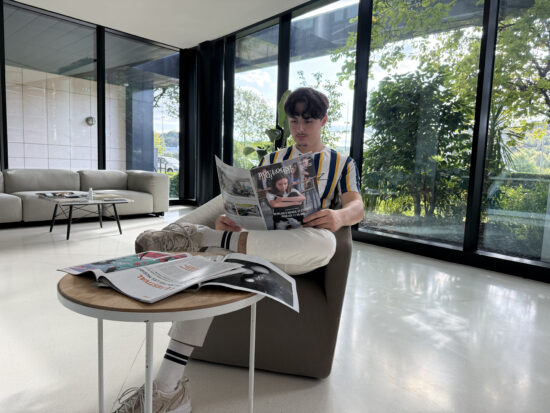
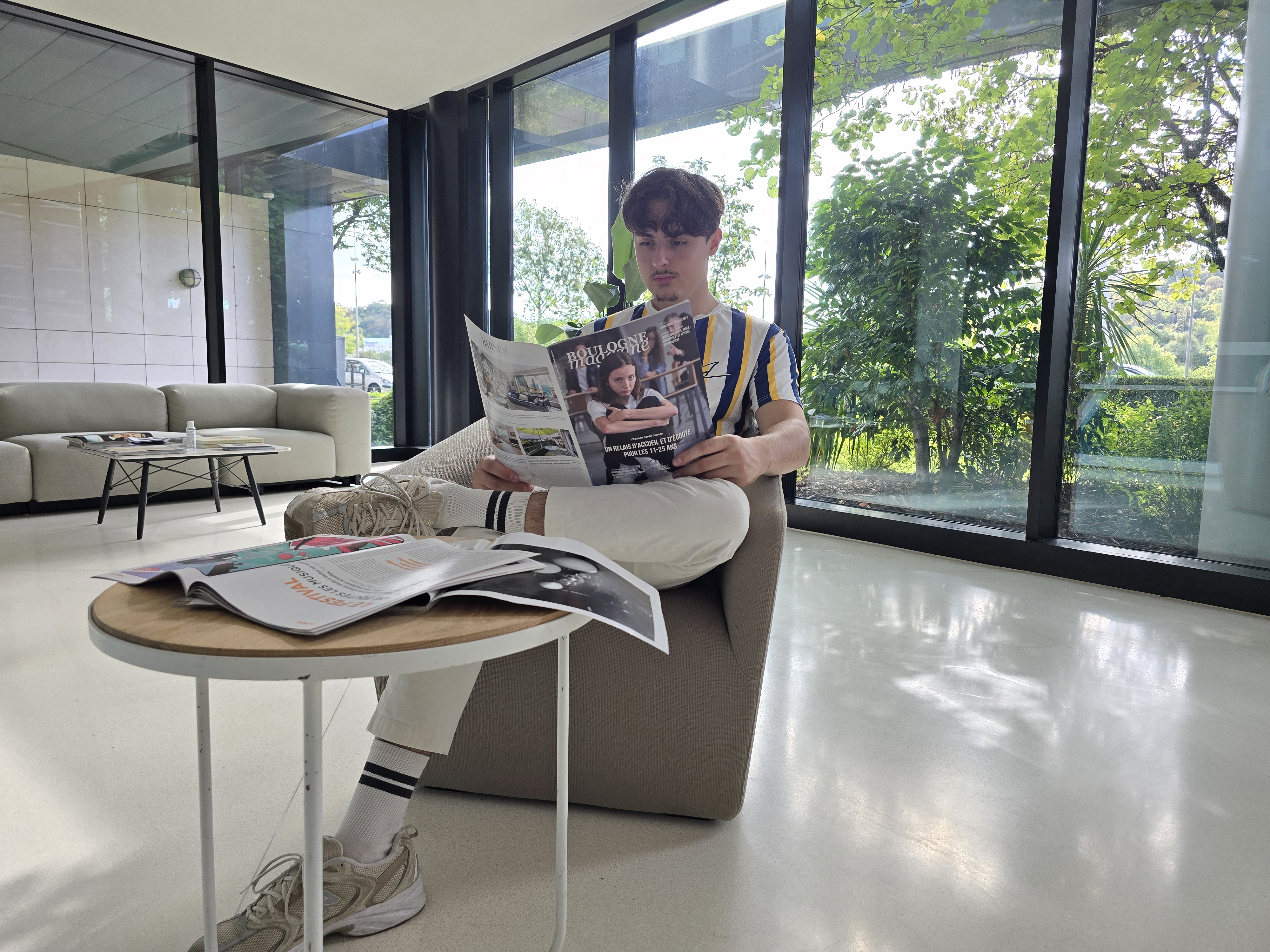
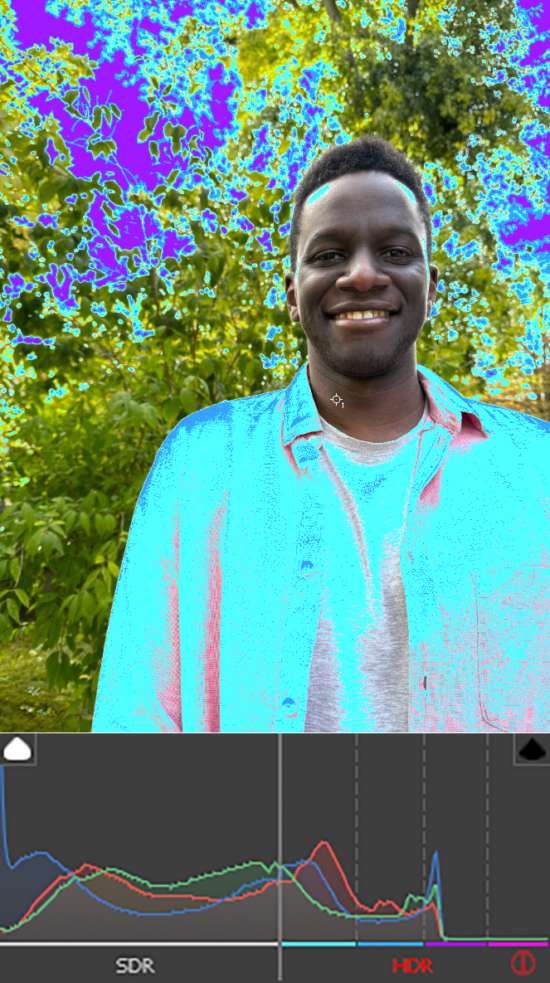
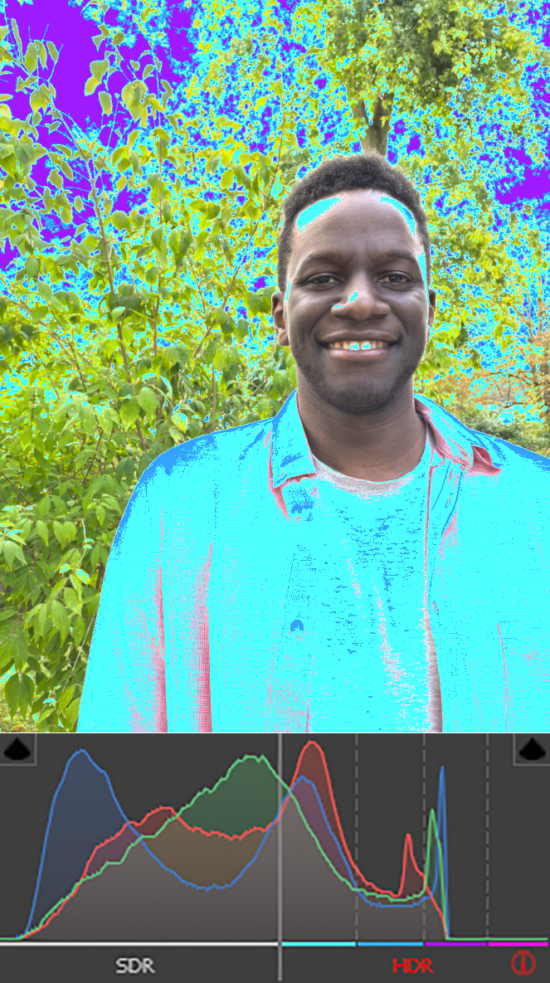
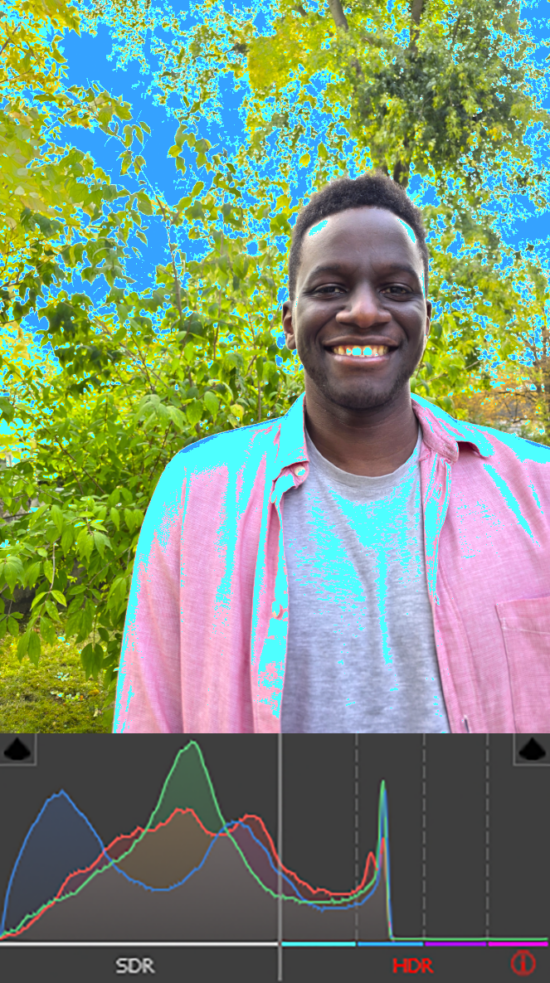









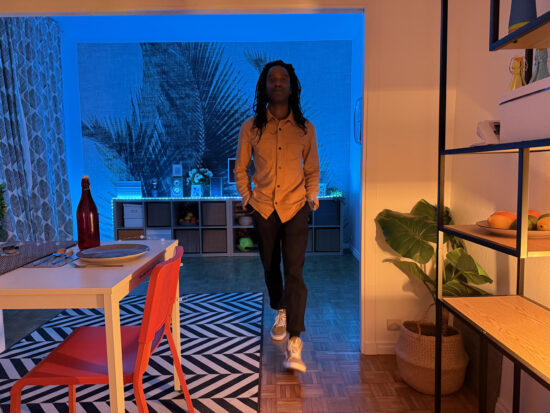




Comments
Post a Comment